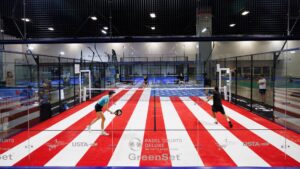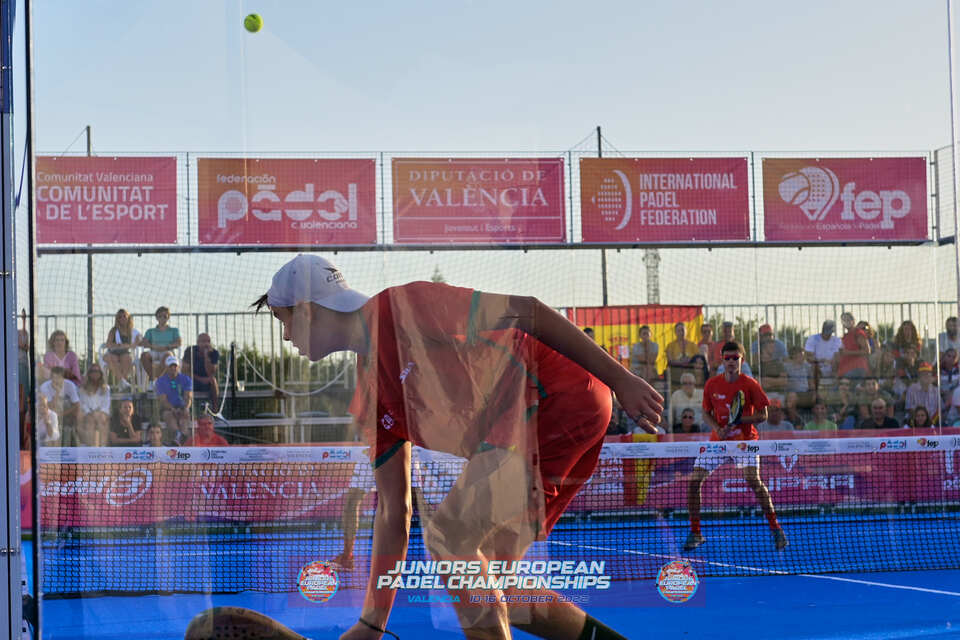
Padel Guide: How to Play Paddle Tennis
In the realm of racket sports, paddle tennis stands as a dynamic and exhilarating alternative that captivates players with its unique blend of skill, strategy, and camaraderie. If you’re seeking an engaging game that combines the elements of tennis and platform tennis, paddle tennis might just be your next passion. In this article, we dive into the nuances of playing padel tennis, offering insights into the game’s essence, rules, and court dynamics to set you on a path of paddling triumph.
What is Padel Tennis?
Paddle tennis is a captivating racket sport that merges the characteristics of tennis and traditional platform tennis. Played on a smaller court than traditional tennis, padel tennis demands precision shots, strategic play, and quick reflexes. The sport is ideal for those who appreciate the fast-paced nature of tennis but seek a more intimate and dynamic playing experience.
Paddle Tennis Court
The paddle tennis court measures 50 feet in length and 20 feet in width, making it smaller than a standard tennis court. This compact layout fosters closer interactions between players and enhances the intensity of rallies. Additionally, the court features a 12-foot net, dividing the playing area into two distinct halves.intimate and dynamic playing experience.
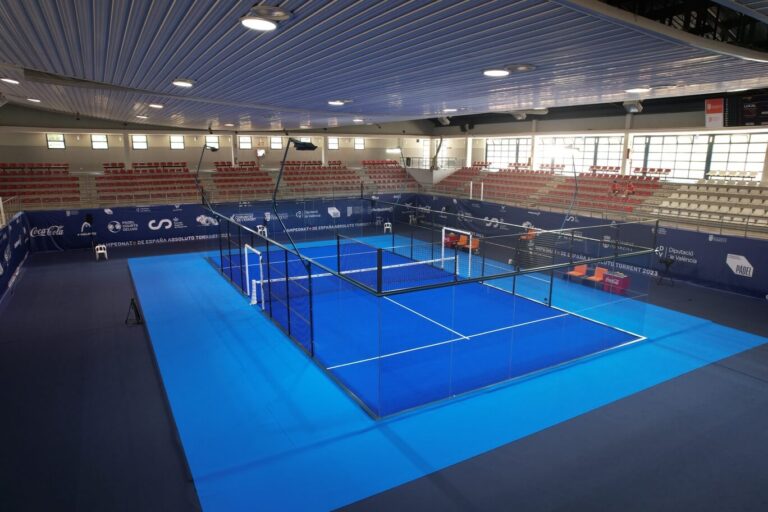
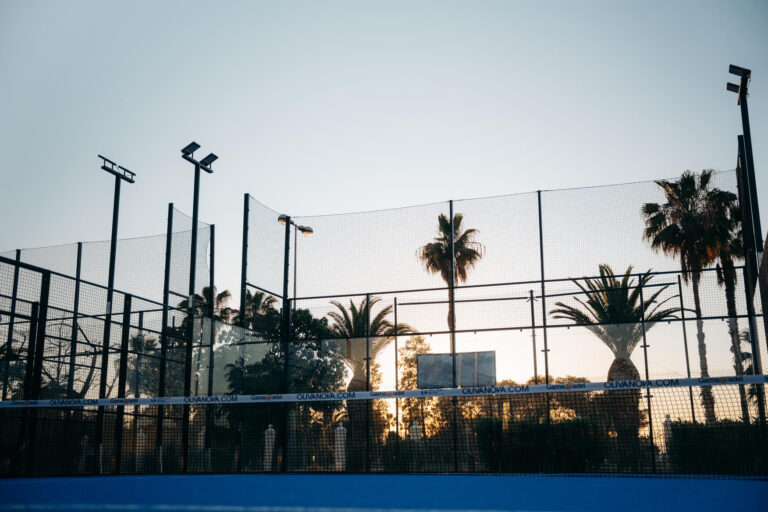
Quick Facts About Paddle Tennis
- Compact Courts: Padel courts are 20×10 meters, enclosed by glass walls and metal mesh.
- Doubles Dominance: Padel is primarily played in doubles format, emphasizing teamwork.
- Inclusive Sport: Suitable for all ages and skill levels, padel is easy to pick up.
- Minimal Equipment: All you need is a padel racket and proper court shoes.
- Pro Circuit Thrives: The World Padel Tour (WPT) showcases elite players in tournaments worldwide.
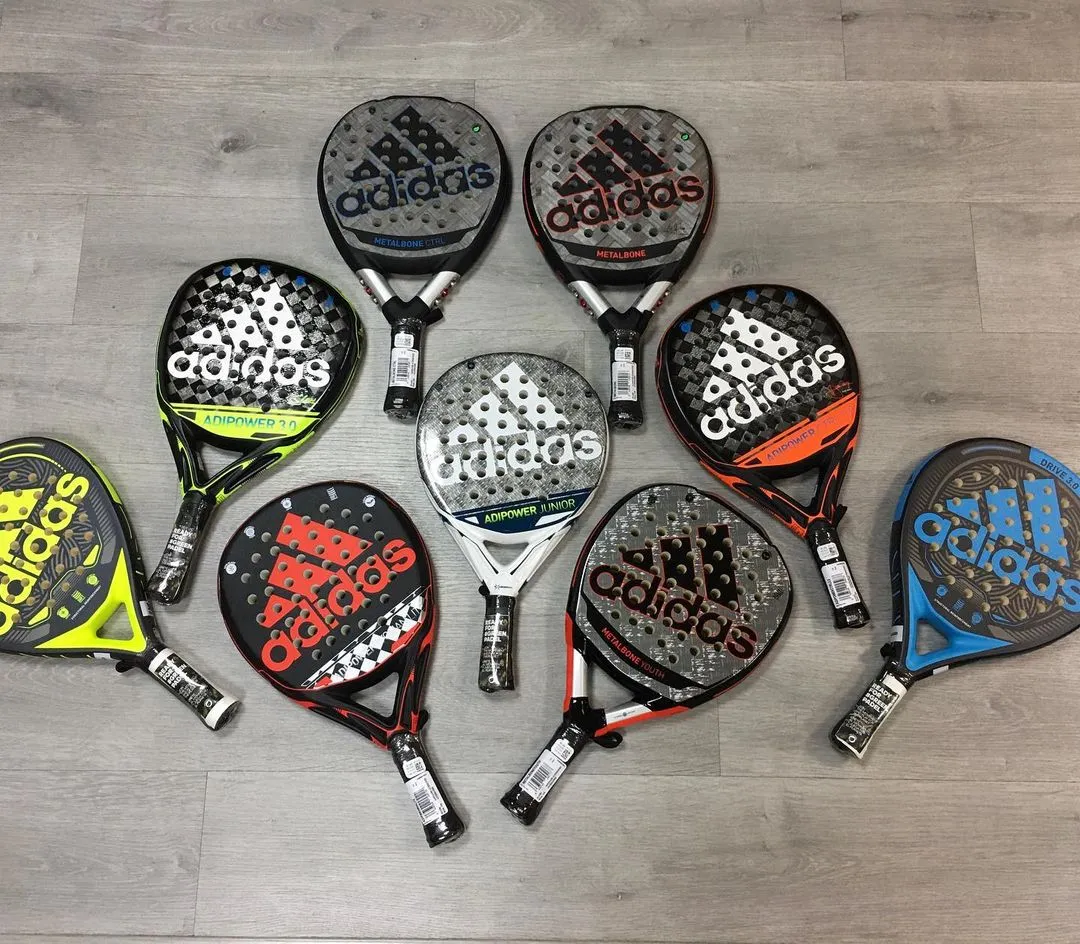
The Rules of the Paddle Tennis Game
Scoring and Gameplay
Paddle tennis employs a scoring system akin to traditional tennis, with the exception that only one serve attempt is allowed. The server must stand behind the baseline and serve diagonally into the opposing service box. The receiver must allow the ball to bounce before returning it, creating a dynamic exchange.
Volley Zone and Net Play
The game’s dynamic is further shaped by the volley zone, which extends 7 feet from the net on each side. Players cannot volley the ball within this area, emphasizing a balance between baseline play and net strategy. This rule encourages players to utilize a blend of power and finesse to maneuver the ball effectively.
Mastering Paddle Tennis: Strategies For Success
Positioning and Communication
Paddle tennis requires a keen understanding of court positioning and effective communication with your partner. Whether in singles or doubles, coordinating movements and anticipating your opponent’s shots are pivotal for victory.
Balancing Offense and Defense
Success in paddle tennis hinges on mastering the art of transitioning from offense to defense seamlessly. While aggressive shots can lead to winners, it’s equally crucial to have a reliable defensive game that keeps the ball in play and forces errors.
Embrace the Paddle Tennis Adventure
Padel tennis welcomes players of all skill levels to embrace its unique blend of excitement and camaraderie. With a court size that encourages intense rallies and a dynamic gameplay that demands precision and strategy, the sport offers a rewarding experience that resonates with both beginners and seasoned athletes.
As you embark on your paddle tennis journey, remember that mastering the rules, refining your shots, and developing a strategic mindset are key ingredients for success. The smaller court size and the fusion of tennis and platform tennis elements make paddle tennis a thrilling option that offers a refreshing twist on traditional racket sports. So, grab your paddle, step onto the court, and immerse yourself in the exhilarating world of paddle tennis – where skill meets strategy and every rally is a chance for triumph.
Essential Techniques and Equipment in Paddle Tennis
Necessary Materials
To engage in padel tennis, you’ll need a paddle, a low-compression ball designed for the sport, and appropiate footwear that supports quick movements on the court.
Mastering the Grip
The grip on your paddle is a fundamental aspect of your technique. A semi-western grip is commonly used in padel tennis, offering a balance between control and power. Practice holding the paddle correctly to enchance your shots and precision.


